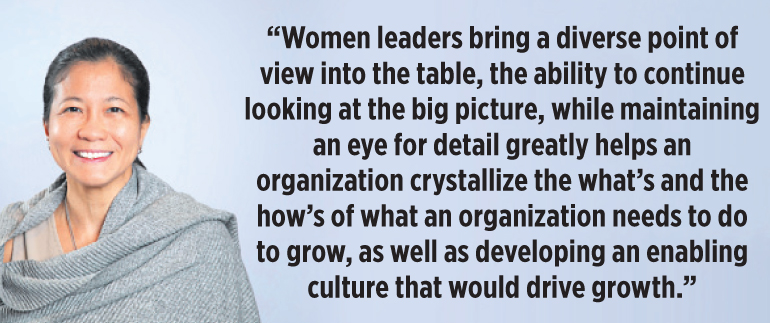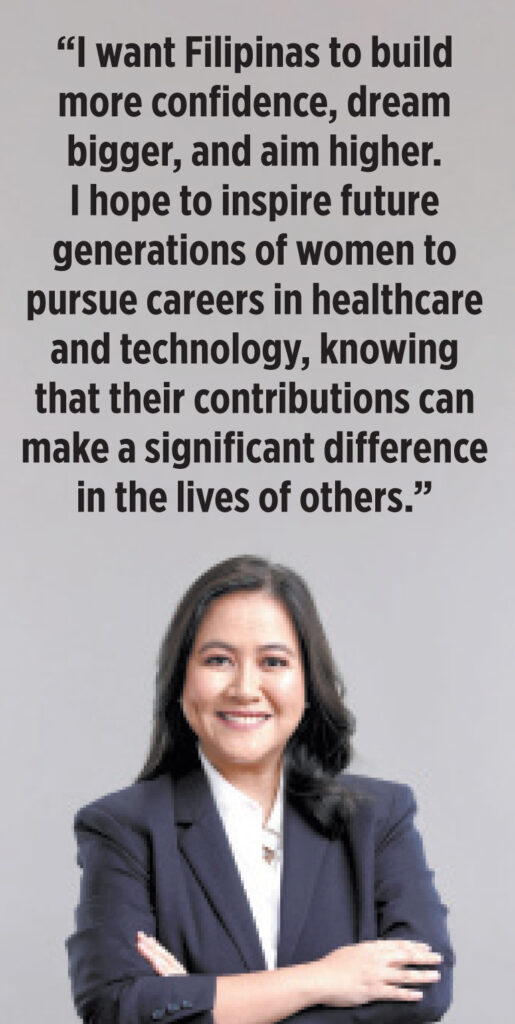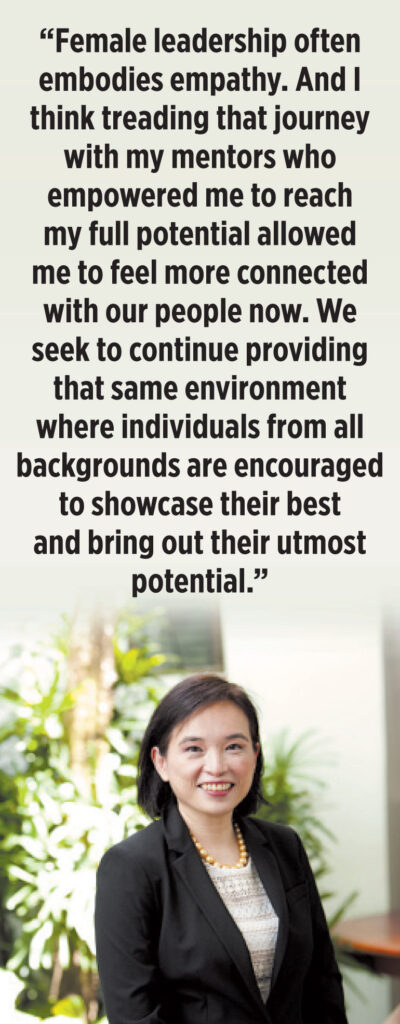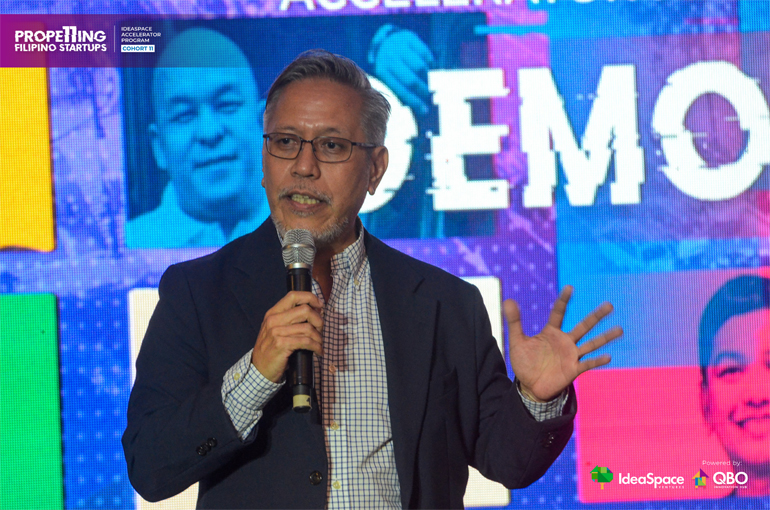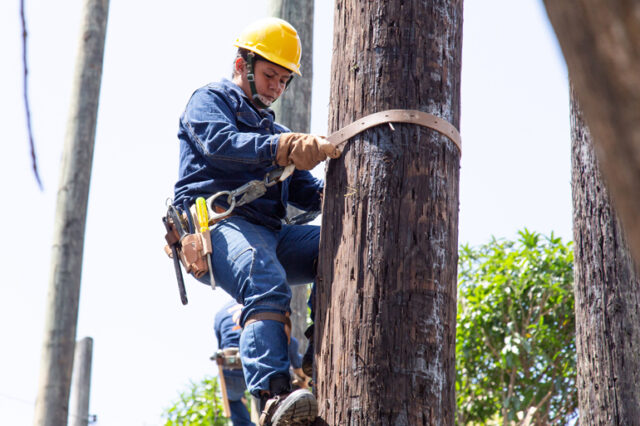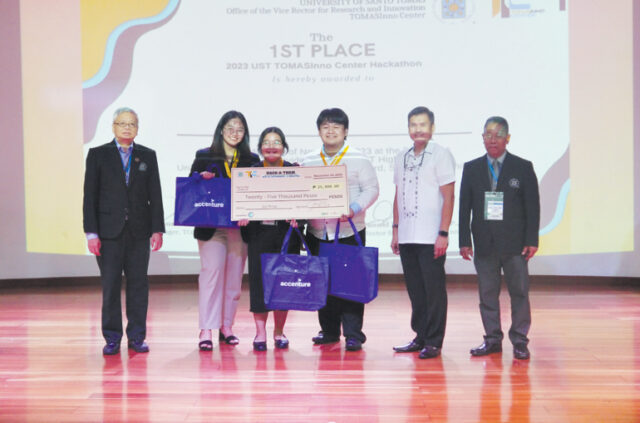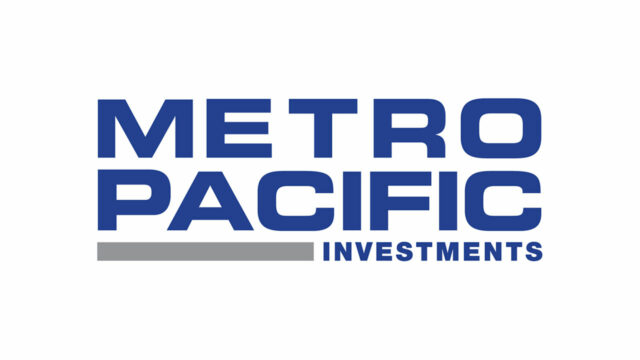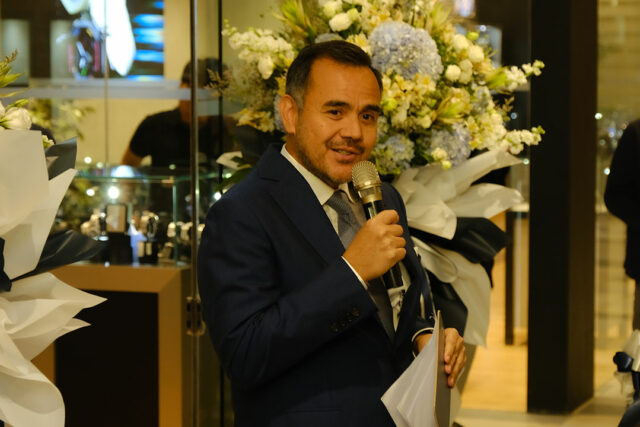Inflation uptick may delay rate cuts

By Luisa Maria Jacinta C. Jocson, Reporter
A POTENTIAL uptick in inflation over the next few months could prompt the Bangko Sentral ng Pilipinas (BSP) to delay its rate easing cycle, analysts said.
“This could keep the BSP from cutting rates as anticipated by market players. If inflation persists, they might not cut at all,” Jonathan L. Ravelas, senior adviser at professional service firm Reyes Tacandong & Co., said in a Viber message.
BSP Governor Eli M. Remolona, Jr. last week said that inflation could have quickened further to 3.9% in March.
Inflation accelerated to 3.4% in February, the first time it quickened in five months. If the headline print picks up in March, this would mark the second straight month that inflation accelerated.
Inflation data for March is scheduled to be released on April 5.
The BSP earlier said that inflation could temporarily accelerate above the 2-4% target range in the second quarter due to the El Niño dry spell and positive base effects.
“The uptrend in inflation will definitely delay the decision to cut rates since inflation is the key variable that BSP is monitoring to guide its decision regarding policy rates,” University of Asia and the Pacific (UA&P) Senior Economist Cid L. Terosa said in an e-mail.
The Monetary Board kept its benchmark rate steady at a near 17-year high of 6.5% for a third straight meeting in February. From May 2022 to October 2023, the BSP has raised borrowing costs by 450 basis points (bps).
The Monetary Board moved its policy meeting, originally scheduled for April 4, to April 8, citing the timing of key data releases such as March inflation.
Finance Secretary Ralph G. Recto last week said that while inflation may remain elevated in the coming months, it will eventually return to within the 2-4% target.
Mr. Recto said he expects March inflation to settle at around 3.9%, similar to Mr. Remolona’s estimate.
“But, I think within the year, it’s still going to be within 2-4%. It’s going to be a bumpy road, but I think within the band. Even if it overshoots, it will return to target, more or less,” he said in mixed English and Filipino at the sidelines of an event last week.
This year, the BSP expects inflation to average 3.6%.
Mr. Ravelas said the central bank may begin to cut rates by the second semester.
“We will see after June if we can cut rates. But I am looking at the end of the third quarter as the first cut, if any,” he said.
The BSP is seen to begin slashing rates in sync with the US Federal Reserve, which is widely expected to start its easing cycle by June.
The FOMC (Federal Open Market Committee) stood pat at its meeting last week, keeping its fed funds steady at the 5.25-5.5% range. From March 2022 to July 2023, the Fed increased rates by a total of 525 bps.
Mr. Remolona earlier said that while the Monetary Board closely monitors the Fed, its own policy decisions are not dependent on the US central bank. He also said the BSP will likely begin cutting “in the next few policy meetings.”
Pantheon Macroeconomics Chief Emerging Asia Economist Miguel Chanco likewise said that the BSP does not necessarily need to move in step with the Fed.
“I don’t think that the BSP needs to mirror the Fed, but when the latter does start cutting rates, it will give the former more confidence to do so, as cutting rates in such an environment will have less of an impact on the peso’s stability,” he said in an e-mail.
UA&P’s Mr. Terosa said the BSP is likely to mirror the Fed in terms of easing.
“While it will be economically advantageous for the country to mirror the Fed in terms of easing, I believe that there is leeway for the country to make decisions on rate cuts ahead of Fed depending on marginal changes in the inflation rate,” he said.
“Changes in the inflation rate that do not drastically move the economy away from its target range can give the country some room to cut rates ahead of the Fed. Given past decisions on policy rates, however, I think the BSP will mirror the Fed in terms of easing,” he added.
Bank of America (BofA) Global Research said that if the Fed cuts rates as expected in June, the BSP will likely begin rate cuts “around the same time or in the second half of 2024.”
However, if the Fed delays its first rate cut, this could also affect the BSP’s own policy easing.
“If the Fed’s first cut is delayed beyond June, the marginal impact will likely be more notable for a few regional central banks. The People’s Bank of China, Bank Indonesia and BSP might postpone rate cuts to safeguard foreign exchange stability,” it said in a report dated March 22.
Both Pantheon Macroeconomics and BofA expect the BSP to reduce borrowing costs by a total of 100 bps this year. If realized, this would bring the benchmark rate to 5.5% by year end.





